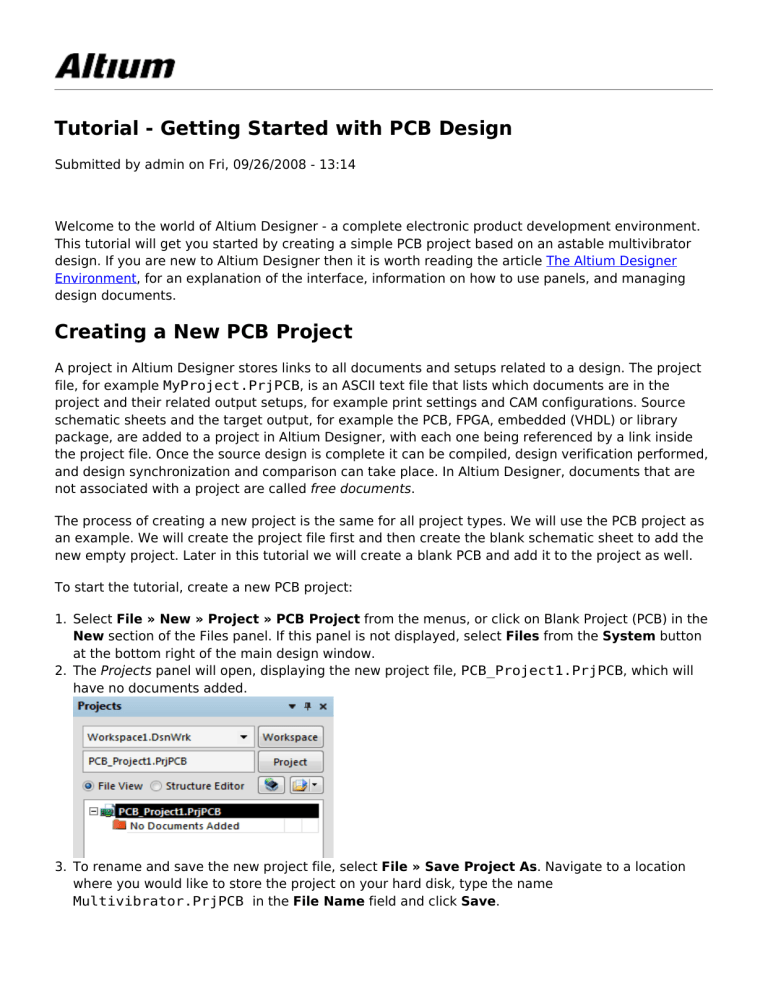

There are actually two layers used to display the Snap Grid one that shows the grid as it is set, referred to as the Fine grid in the Cartesian Grid Editor dialog the other showing multiples of the Snap Grid, which can be user-defined in the Multiplier to be 2x, 5x, or 10x the Snap Grid, which is referred to as the Coarse grid in this dialog.įine is the Snap Grid Coarse is a multiple of the Snap Grid.Īs well as selecting between Dots or Lines, you can also set the color of the grid layers in the Cartesian Grid Editor dialog. The Snap Grid is displayed on screen as either a pattern or dots or lines.
Switch to metric in altium designer pcb software#
The software will convert the value you selected/entered into the current units.
Right-click to select the required grid value from the Snap Grid sub-menu.Īlthough you can select or enter a Snap Grid value with different units from the current workspace units in the Ribbon or the Cartesian Grid Editor dialog, doing this will not change the workspace units. Ctrl+Shift+G - to open the Snap Grid dialog. See the note below about using different units. Refer to the Cartesian Grid Editor page for more information. Ctrl+G - to open the Cartesian Grid Editor dialog even when currently executing a command. Click the Home | Grids and Units | button to open the Cartesian Grid Editor dialog where a new grid value can be selected from the drop-down or typed in to the Step X field. Click the Home | Grids and Units | Snap Grid drop-down on the Ribbon then select a new grid value. The current Snap Grid value is always displayed on the Status bar (shown in the animation above) next to the current cursor location.Ĭonfigure the Snap Grid, Origin and current workspace units fomt the Home tab of the Ribbon. In the PCB editor, all objects are placed on the current Snap Grid. Hotspot Snap - pulls the cursor to an existing electrical hotspot that is within the current Hotspot Snap Range, overriding the snap grid while still obeying the applicable design rules. Refer to the Design Rules page to learn more about rules. Real-time Design Rules engine - alerts or prevents objects being placed in violation of applicable design rules. Snap Grid - controls the basic placement of objects in the workspace. Rather than a simple focus of keeping all objects on a fixed snap grid, the PCB editor has a more sophisticated solution that is delivered through the following set of features: These challenges are resolved by changing the approach of the design software. Instead, the design tools must allow you to route into and out from off-grid component pins - in essence, you need to be able to route gridless. These requirements make it impossible to choose a single snap grid on which all pins and routing can be placed. Today's components can have very fine pins positioned on an imperial or a metric grid and there is an ever-increasing demand for smaller product packaging - driving the width of tracks and their clearances down to just a few mils. In the early days of electronic product development, component pins were always spaced at multiples of 0.1 inch, making it easy to select a suitable grid for both placing components and routing tracks between their pads. During object placement, the cursor automatically snaps to this grid, positioning the reference point of the object being placed onto the nearest Snap Grid location. The PCB editor is a grid-based design environment meaning objects are placed onto the current grid, which is referred to as the Snap Grid or often just called the Grid.





 0 kommentar(er)
0 kommentar(er)
